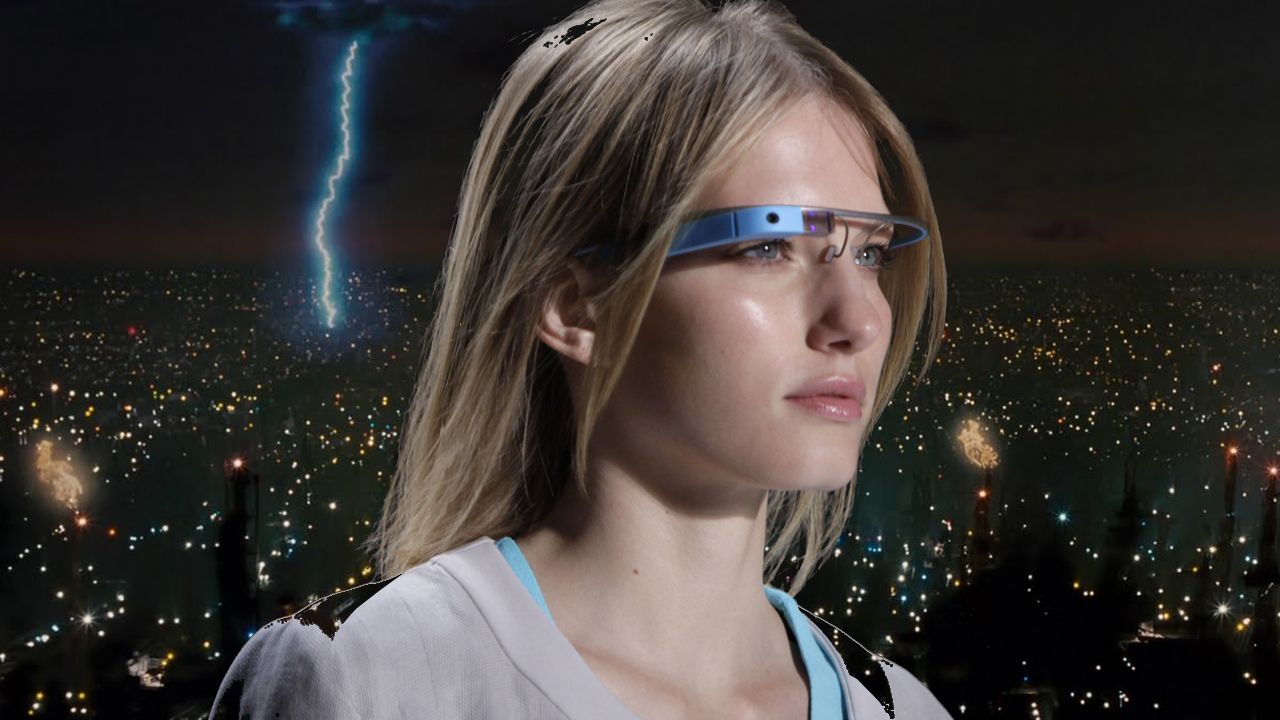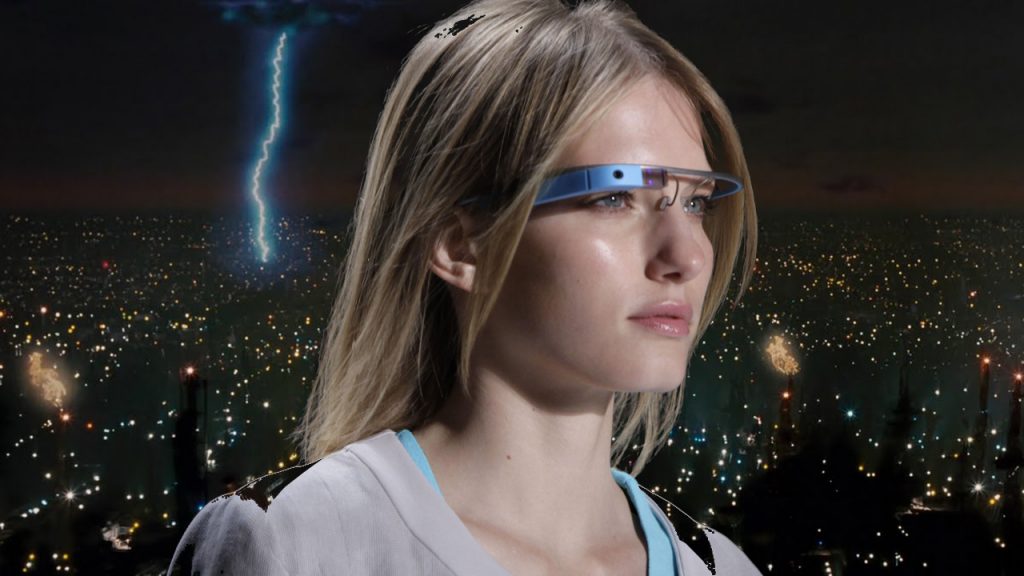
Some of you may have heard of Google Glass, it is a type of wearable technology with an optical head-mounted display. Developed by Google of course, with the idea of producing an on the go computer, different to smartphones as they are a hands-free format. Wearers can communicate with the Internet via natural language voice commands, it will also take pictures and videos on voice command. In May 2014 Google Glass became available to the public for sale, for $1,500 (£1,000 in the UK).
The Facts
It offers the combination of the HUD, a camera, microphone and GPS, Google Glass can carry out various tasks – much like a smartphone, all you have to do to get a list of options, is ‘ok glass’. Additionally, Google Glass can provide information before you even attempt to search for it – impossible right? For example, it can provide details of a future flight that you may want to take, due to you previous searches and history.
Fit
• It is sold with adjustable nose pads and a durable frame that claims fits any face, as well as two pairs of extra nose pads just in case you want to change for size of softness.
Display
• The display comes in such a high resolution that it is the equivalent of a 25 inch high definition screen from eight feet away!
Camera
• Photos – 5 mega pixels is great quality for such a small device
• Videos – not such good quality, with only 720 pixels
Audio
• Bone Conduction Transducer – is the conduction of sound to the inner ear through the bones of the skull.

Connectivity
• Wi-Fi speed is 802.11b/g
• You can also enable Bluetooth anywhere, anytime.
Storage
• It has a massive 12 GB of usable memory, already pre-synced with the Google cloud storage, so you can have the images and video straight away on your computer! A 16 GB flash drive in total.
Battery
• There has be some downsides…it only has one full day battery life! Unfortunately because some of the features available of the glass, like Hangouts and video recording cause a quicker battery decrease.
Charger
• In the pack, it includes a micro USB cable and charger for on the go charging, from a socket or your laptop.
• Unlike the other thousands of micro USB chargers out there, Glass have tried and tested the charger to ensure it is the small size with the biggest preserve long and prosperous battery life.
Compatibility
• The glass can link with any phone that is compatible to Bluetooth.
• The MyGlass companion app requires Android 4.0.3 allows you to enable both GPS and SMS messaging.
The Explorer edition of Google Glass isn’t compatible with regular glasses. However, Google has launched its range of prescription frames which includes two ‘twist-on’ sunglasses. It’s called the Titanium Collection and consists of four different ‘feather-light’ styles – thin, bold, curve and split.
The prescription frames are priced at $225 on top of the regular price of Google Glass.
Colours?
Now we all know how long it take us to choose as new pair of glasses, and these are no different! Therefore Google are suggested to have spent a long time trying to produce colours that are not only stylish, but attractive too. They came up with five colour for the Google Glass; Charcoal, Tangerine, Shale, Cotton and Sky – in basic terms; black, orange, grey, white and blue.
The Future
Not only is glass used for mobile phones, glass awards and windows but now for portable internet glasses – whatever next! The world of technology is rapid progressing, with self-drive cars and glass planes only round the corner, it’s a wonder what 2015 will have to offer.






